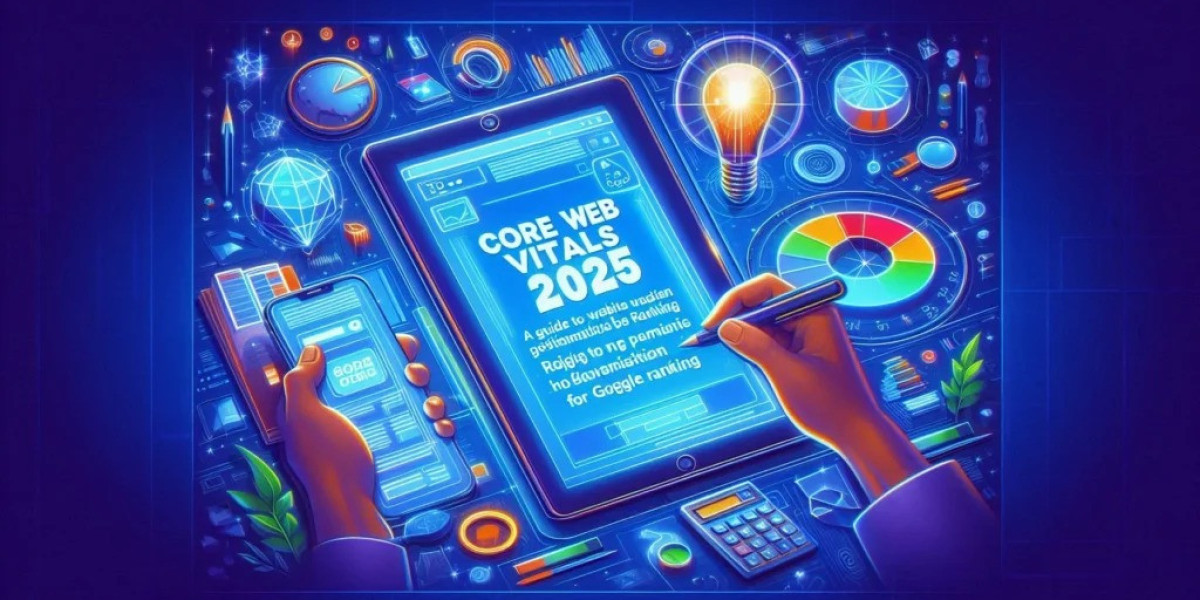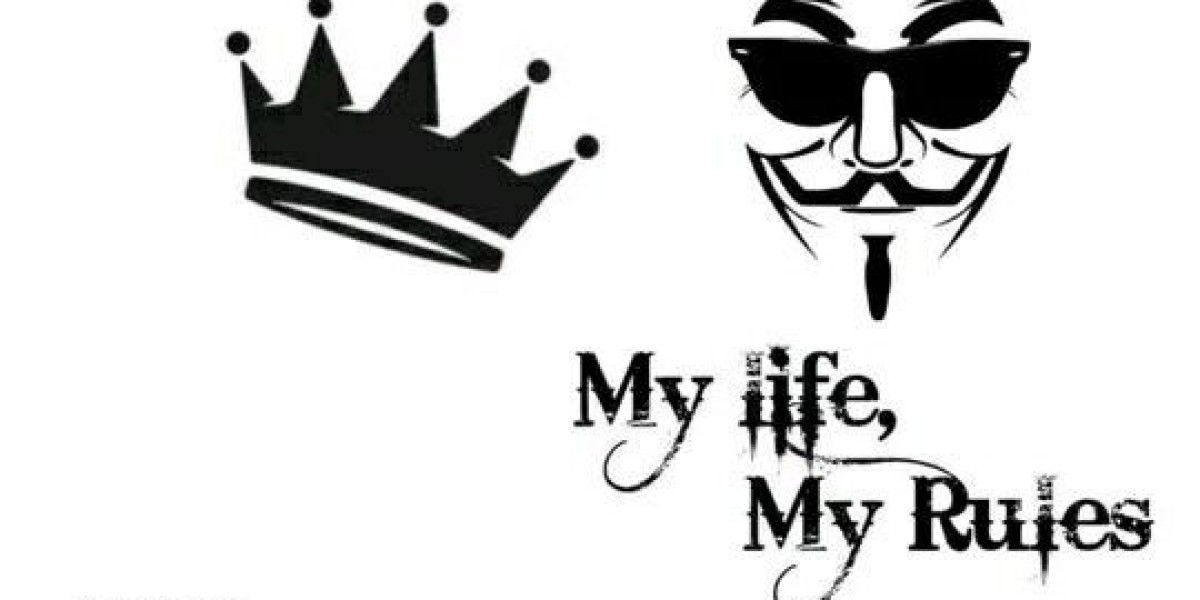If you're an engineer applying for skilled migration to Australia, there’s one thing standing between you and your dream: your Competency Demonstration Report (CDR).
And let’s be honest—many CDRs get rejected not because the engineer isn’t qualified, but because the report doesn’t show their skills the right way.
I’ve seen it happen too many times.
But here’s the good news: writing a CDR that actually gets approved is totally possible—if you know what Engineers Australia is really looking for.
Let me walk you through it—like a friend giving honest advice—based on real experience and the latest 2025 updates.
What Is a CDR?
A CDR, or Competency Demonstration Report, is a detailed document that proves to Engineers Australia that your engineering skills and experience meet Australian standards.
It’s required if you want to apply for skilled visas like 189, 190, or 491.
Your CDR must include:
- Three Career Episodes (1,000–2,500 words each)
- A Summary Statement (mapping your episodes to competencies)
- A list of Continuing Professional Development (CPD)
Sounds simple, right? But most people mess it up in the same few ways.
The #1 Mistake: Writing Like a Robot
I’ve read CDRs that sound like this:
“I performed engineering tasks on a construction site.”
That’s not a Career Episode. That’s a waste of space.
Engineers Australia doesn’t want generic job descriptions. They want to see your personal role, your decisions, and your impact.
So instead, write like this:
“As a site engineer, I identified a structural design flaw in the foundation plan. I recalculated load distribution using SAP2000 and proposed a revised beam layout. My solution saved $45,000 and kept the project on schedule.”
Now that shows your skills, judgment, and results.
How to Write Career Episodes That Get Approved
Here’s how to write real, approved-worthy Career Episodes:
✅ 1. Pick Real Projects You Worked On
Don’t make things up. Choose projects where you had a clear role.
For example:
- A building design you worked on
- A maintenance system you improved
- A technical report you wrote
Engineers Australia checks for authenticity—so be honest.
✅ 2. Use the Right Structure
Each Career Episode should follow this flow:
- Introduction – Project name, location, duration, your role
- Background – What was the goal of the project?
- Personal Engineering Activity – What did you do?
- Summary – What was the outcome? What did you learn?
This makes your story easy to follow.
✅ 3. Show Your Engineering Thinking
Don’t just say what you did—explain why.
For example:
“I chose steel over concrete because of the high corrosion risk in coastal areas.”
This shows you applied engineering principles, not just followed orders.
The Secret Weapon: The Summary Statement
Most people rush this part.
But the Summary Statement is where you connect your episodes to Engineers Australia’s competencies.
Use a table format like this:
This makes it easy for assessors to see how you meet each requirement.
Skip this, and your CDR will likely fail—even if your episodes are strong.
CPD: Don’t Just List, Show Growth
Your CPD list should include at least 15–20 hours of learning activities over the last 3–5 years.
Examples:
- Online courses (Coursera, LinkedIn Learning)
- Workshops or seminars
- Webinars from engineering bodies
- Conferences or internal training
Don’t write: “Attended a meeting.”
Write: “Completed 8-hour course on AutoCAD 3D modeling, applied skills in drainage design project.”
Show that you’re growing as a professional.
Real Talk: How a CDR Report Writer Helped Me
When I first wrote my CDR, I failed.
Why?
- My episodes were too technical and vague
- I copied parts from a sample online (big mistake)
- My Summary Statement was missing
After getting rejected, I reached out to a CDR report writer—someone who didn’t write for me, but helped me write like a pro.
We:
- Rewrote my episodes with real details
- Removed all copied content
- Fixed my Summary Statement
- Added strong CPD activities
Result? Approved on the second try.
That’s the power of working with a CDR Writer Australia—they help you avoid the traps most people fall into.
Recent News: CDR Rules in 2025
In 2025, Engineers Australia has made things stricter:
- Plagiarism checks are stronger – Even 10% similarity can lead to rejection
- AI-generated content is banned – Using ChatGPT or AI tools can get you blacklisted
- More focus on personal involvement – They want to see you, not your team
- Ethics and sustainability now matter – Include how you handled safety, environment, or professional judgment
So now more than ever, your CDR must be original, honest, and detailed.
Tips for a Winning CDR
✅ Start early – Give yourself 4–6 weeks
✅ Be specific – Use real project names, tools, and numbers
✅ Use “I” not “we” – Prove you made decisions
✅ Match the ANZSCO code – Make sure your duties match your job description
✅ Get feedback – Ask a mentor or CDR report writer to review it
And remember: your CDR isn’t just paperwork. It’s your story as an engineer.
Final Thoughts
Writing a CDR that gets approved isn’t about being perfect. It’s about being clear, honest, and professional.
If you’re unsure, don’t go it alone.
A CDR report writer or CDR Writer Australia can help you avoid the mistakes that get 30% of applicants rejected.
Take your time. Be real. And show Engineers Australia that you’re not just an engineer—you’re a professional.
Author Bio:
This article was written by an engineer who failed his first CDR, learned from the experience, and later succeeded with the help of a CDR report writer. Our goal is to give you honest, simple advice—no jargon, no fluff. Just real tips from someone who’s been in your shoes.



